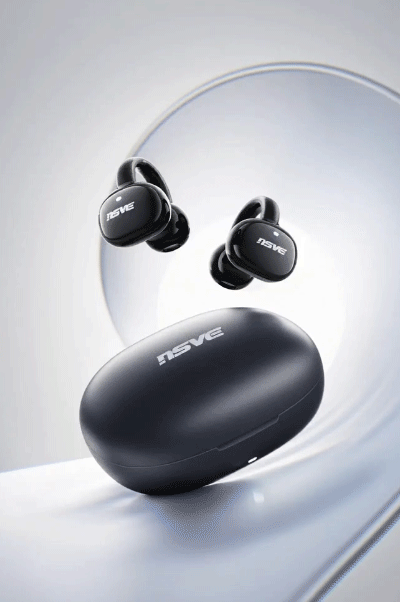Unlock 360-Degree Product Animation with AI-Powered Video Generation
Workflow Overview

The purpose of this workflow is to generate a 360-degree product animation video. The user provides product images, which are processed through a series of nodes to generate a rotating animation video. The workflow involves multiple steps, including text prompt processing, image loading, model application, and video composition. This involves tasks like image generation, LORA model loading, video sample generation, etc.
Core Models
WanVideoSampler: This model generates sample video data based on the input image and text prompt, serving as the foundation for the rotating animation.
Text Encoder (T5 & Clip): The T5 Text Encoder and CLIP Vision models are used to encode text prompts and images into features that can be processed for video generation.
VAE (Variational Autoencoder): Used to generate latent space representations of images, which are foundational for image and video generation.
Lora: A low-rank adaptation model used to stylize or adjust other characteristics of the input images, enhancing the generation process.
Key Components Explanation
WanVideoSampler: The core node responsible for generating sample video data and outputting image embeddings.
LoadWanVideoT5TextEncoder & LoadWanVideoClipTextEncoder: Responsible for loading text and image encoders, converting input text and images into embeddings that the models can process.
WanVideoVAELoader: Loads the VAE model to provide latent space encoding for video generation.
WanVideoModelLoader: Loads the primary generation model, which generates the final video samples.
VHS_VideoCombine: Combines the generated images and audio into a complete video file.
WanVideoDecode: Decodes the generated latent sample data to produce the final images.
Workflow Structure
Sampling Generation (Group 1): The core section that generates video samples from text and image prompts.
Input: Image, text prompt, VAE, LORA model
Output: Generated image embeddings and sample data
Text Prompt (Group 2): Processes the input text prompt.
Input: Text prompt
Output: Text embeddings
Model and Lora Loading (Group 3): Loads the necessary generation models and Lora for image generation.
Input: Model, Lora configuration
Output: Generated samples
Input & Output
Input:
Image file: The base image for generating the video.
Text prompt: Describes the desired effect, such as "360-degree rotation."
Lora configuration: Adjustment models affecting the generation process.
Output:
Video file: The final product video containing the 360-degree rotation effect.
Notes & Tips
Performance Requirements: Generating high-quality video requires strong GPU support. Ensure sufficient hardware resources.
Dependency Issues: Ensure that all necessary Lora models and VAE models are installed and correctly configured.
Error Troubleshooting: If the generated video quality is poor, check if the models loaded successfully and ensure the image resolution is appropriate.